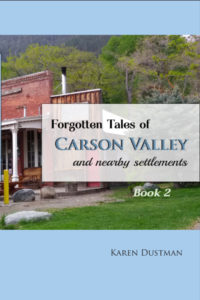Twelve Mile House . . . .
Back in the day, Twelve Mile House was one of a string of stage stations dotting the roads of Carson Valley. Little wonder it made a popular rest spot. For one thing, the waystation bordered the cool waters of the Carson River. For another, four early roads converged here. As for its name, well, that was a natural: Twelve Mile House sat twelve miles from Genoa, then the epicenter of Carson Valley.
The original builder of Twelve Mile House is said to have been one Thomas Wheeler,* an early Mormon Emigrant who threw up a house here in 1860, and tilled his fields nearby. And yes that was early indeed: Boyd’s Toll Road wouldn’t be finished for another two years.
Contemporary maps suggest Wheeler picked an unfortunately marshy spot to build his house, right beside a slough of the river. But that also had its advantages; one historian claims when the river was high, Wheeler would rent his ox to travelers for the princely sum of one dollar to carry them across the stream. By 1863, a second house had been erected about 300 yards to the east — the spot where historians think the long-time Twelve Mile House was situated. This was a far better place to stay dry – and right on the new road to Aurora.
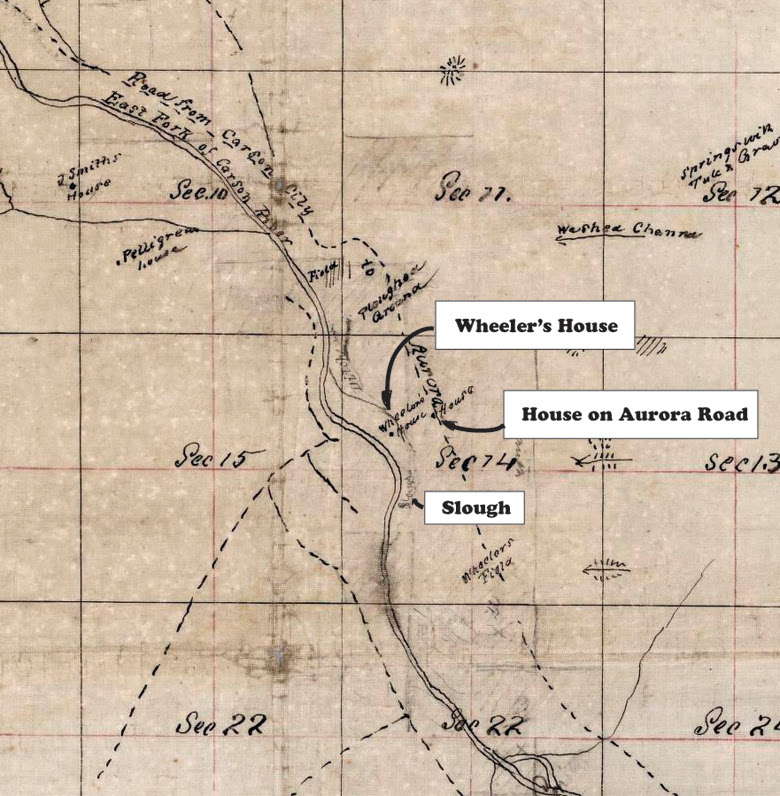
Wheeler wasn’t the only early settler in the vicinity. Around 1863 a man named John Teasdale took up ranching on the east bank of the river. A nearby bridge was soon named after him. And in 1866 Teasdale bought 160 acres – a tract that included the site of Twelve Mile House.

By the mid-1870s, the stage station at Twelve Mile House was in the hands of Henry Crippen and his wife, Dorcas Olds. And it was a happening place. There was, naturally, a saloon as well as food and hotel accommodations. A blacksmith shop offered services to passing travelers. Crippen also kept spare teams on hand for local freighters.
Miners, businessfolk and suppliers headed to or from the bustling “diggings” at Aurora and Bodie would have stopped here for refreshment after arriving by horse, wagon, or stage – occasionally even on foot.
Twelve Mile House served as a gathering place for locals, as well. In February, 1876 Crippen advertised a lavish ball, with music provided by a local band. Tickets cost a pricey $4, but that included supper. He and Dorcas also hosted a Christmas Ball that December. And during the presidential election of 1876, Twelve Mile House was the polling place where voters could cast a vote for Samuel Tilden or Rutherford B. Hayes. The life of a station-keeper wasn’t all roses, however. Some of Crippen’s guests became “belligerent” at that well-advertised spring ball, “a difficulty which rendered it exceedingly unpleasant [for] all present,” the newspaper tartly reported.
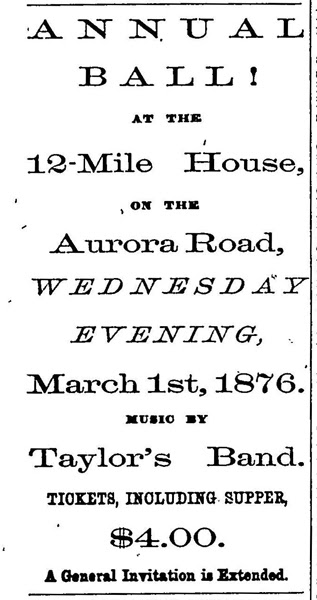
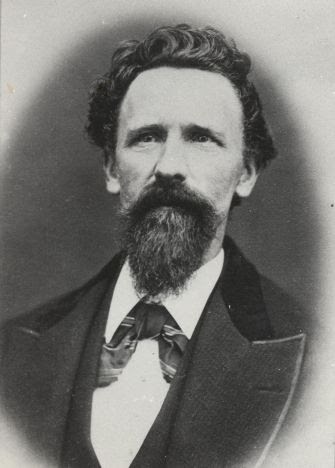
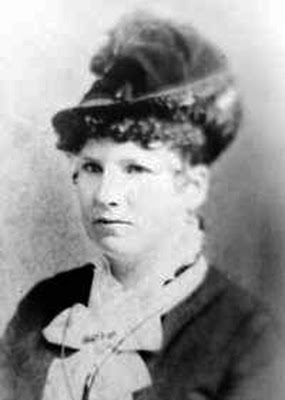
Crippen ran for Sheriff of Douglas County in 1878, and won. He assumed office as Sheriff in January 1879. But he wouldn’t remain in the post for long.
That fall, Crippen fell ill with typhoid fever. The local newspaper optimistically assured its readers that his condition was “not alarming.” They were wrong. Henry Crippen died at Twelve Mile House on October 29, 1879, five days after the paper came out. He was just 43 years old.
Crippen was eulogized as a “kind husband, a loving father, an upright businessman, an urbane, affable gentleman and a good citizen.” But sadly, he hadn’t bothered to make a will. Wife Dorcas was left with five children, ranging in age from 13 to six months. Fannie, the baby, would die just two months after her father, and they were buried beneath a double headstone.
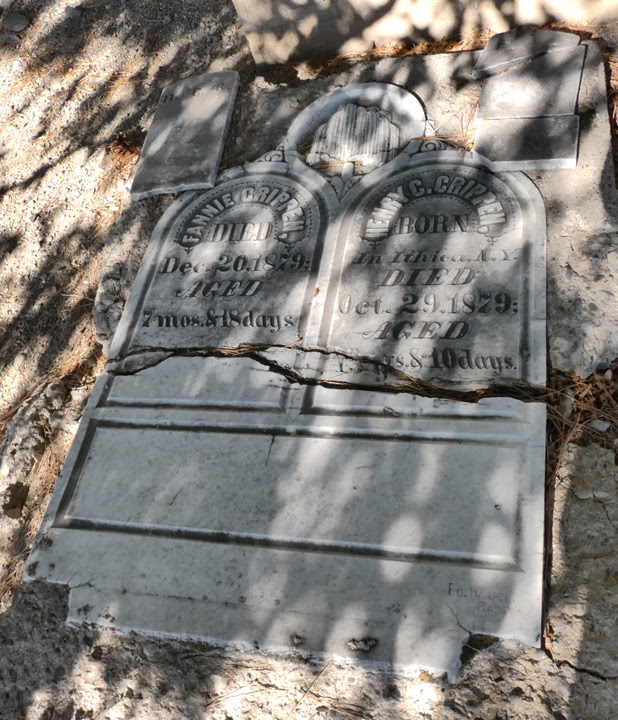
Dorcas remarried, and tried to keep the business going. The 1880 records show Twelve Mile House as a 240-acre ranch with a two-story dwelling and outbuildings, valued at $8,000. But by November 1889, Dorcas found herself in debt, with a water suit pending. She petitioned the probate court for permission to sell her childrens’ interest in Twelve Mile Ranch. The court consented, and in February 1890, Twelve Mile House and its remaining 155-acres were sold to H.H. Springmeyer for just $2,718.
Springmeyer’s half-nephew, Fritz C. Springmeyer and his new bride Maggie moved into the old way station the following year, shortly after their wedding. It had been given a fresh coat of paint for the occasion. Fritz and Maggie would live there for the next forty years, raising eight children together.
Sadly, however, the Depression cratered farm prices. The Springmeyers lost Twelve Mile ranch to foreclosure in 1932. Frank and Olga Judd bought it in 1937, and in 1940 it was acquired for the Washoe Tribe.
Today, a state historical marker near the Washoe Tribe’s Smoke Shop commemorates the general location of Twelve Mile House. But there’s no one left who seems to know exactly where the once-thriving way station – or Wheeler’s earlier house — once sat.
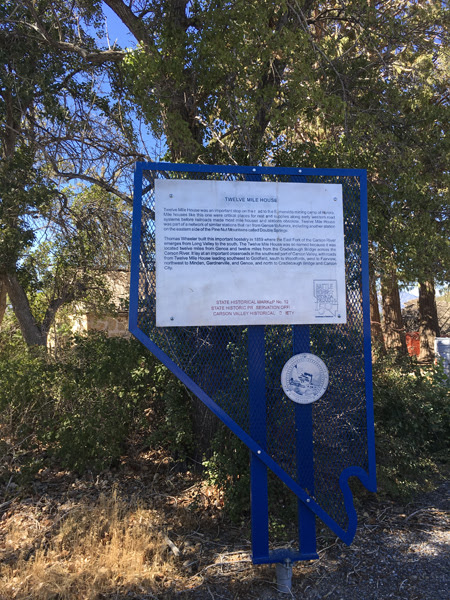
And here’s one of history’s fun mysteries: The photo below, taken about 1900, shows what’s purported to be the Twelve Mile House when it was owned by F.C. Springmeyer and his wife Maggie. But look closely at that roofline.

When the property was appraised in 1938, a very different looking house (below) was photographed and identified as the old Twelve Mile House stage station. And this version matches an earlier view, also identified as Twelve Mile House, taken in 1925.

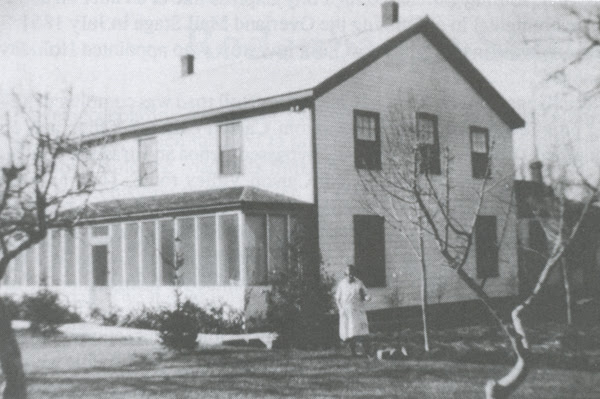
So, was the 1900 Springmeyer photo accidentally misidentified? Or were there two buildings on the property, both used at different times as Twelve Mile House? It’s a tantalizing photo mystery, yet to be solved.
Sadly, neither of these two old homes is there today. One or both were reportedly dismantled sometime after 1938 for firewood.
What does remain of Twelve Mile House are the great stories of the families who lived there – and one humble stone structure. This was likely once used for storage; a smaller brick “pump house” remains attached. The stone storage building is thought to date the late 1800s. So, did Henry Crippen, F.C. Springmeyer, or possibly Thomas Wheeler hoist these heavy rocks into place?
And ahh, if only these stone walls could talk.
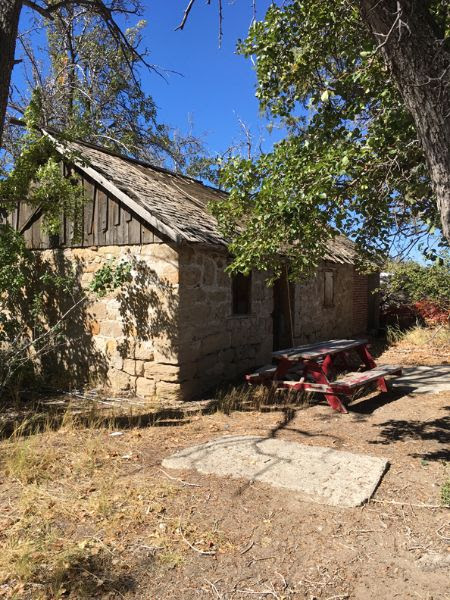
_______________________
* Many thanks to Bob Ellison for the photograph used in this story and for his wonderful monograph of Sheriff Henry Crippen, and for pointing out that Thomas Wheeler was an early LDS member who may have been a brother of Mary Wheeler Mott (wife of Squire Mott).
A wonderful “Architectural Survey of Twelve Mile House” was prepared for NDOT by architectural historian Elizabeth Dickey in March, 2014. A copy can be found in the Van Sickle Reading Room at Douglas County Historical Society Museum.
Story about the ox from Grace Dangberg, “Carson Valley: Historical Sketches.”
See also Nyle Nation, “Pine Nut Chronicle” (Pine Nut Press 2000).
________________________
For more stories about Carson Valley, check out our “Forgotten Tales” books! (The Amazon Associates link means we earn a small commission, with no extra charge to you.)
